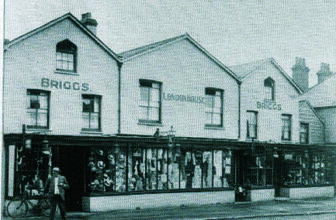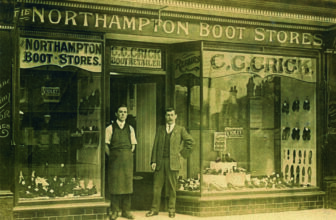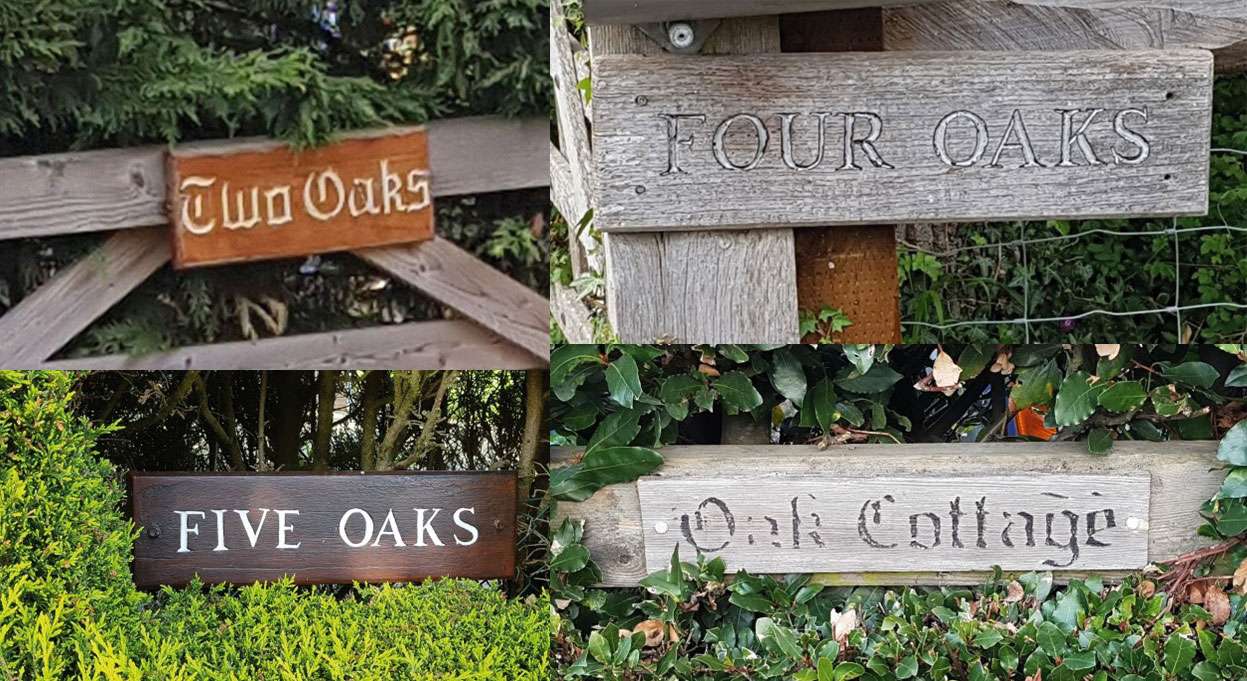
Named after oaks: in St Nicolas Avenue, The Ridgeway and Grove Road
A new rector came to the parish church in 1962, and it happened that the winter of 1962-3 had a particularly large amount of snow which lasted for several months. The rector wrote in the February 1963 Parish Magazine that his parish visiting had not been helped ‘by the fact that Cranleigh chooses to name its houses rather than number them – and so I have had to pick my way through the snow, looking on either side of the road for name signs which can be so elusive – sometimes on the front gate, sometimes over the door, sometimes on a neat little board just above the ground and therefore buried, during these times, under inches of snow, which is no help at all to a new Rector!’
Cranleigh has a long tradition of giving its houses names rather than numbers. The first residential roads, like Mead, Victoria, New Park and Bridge Roads, all had houses with names. This was the norm until the Second World War. Houses on the new estates of the 1950s and 1960s, however, in a spirit of egalitarianism, all received numbers. Named houses are so rare on these estates that they stand out. Only seven on Summerlands, for instance, and four of these are next to number 1 and built later.
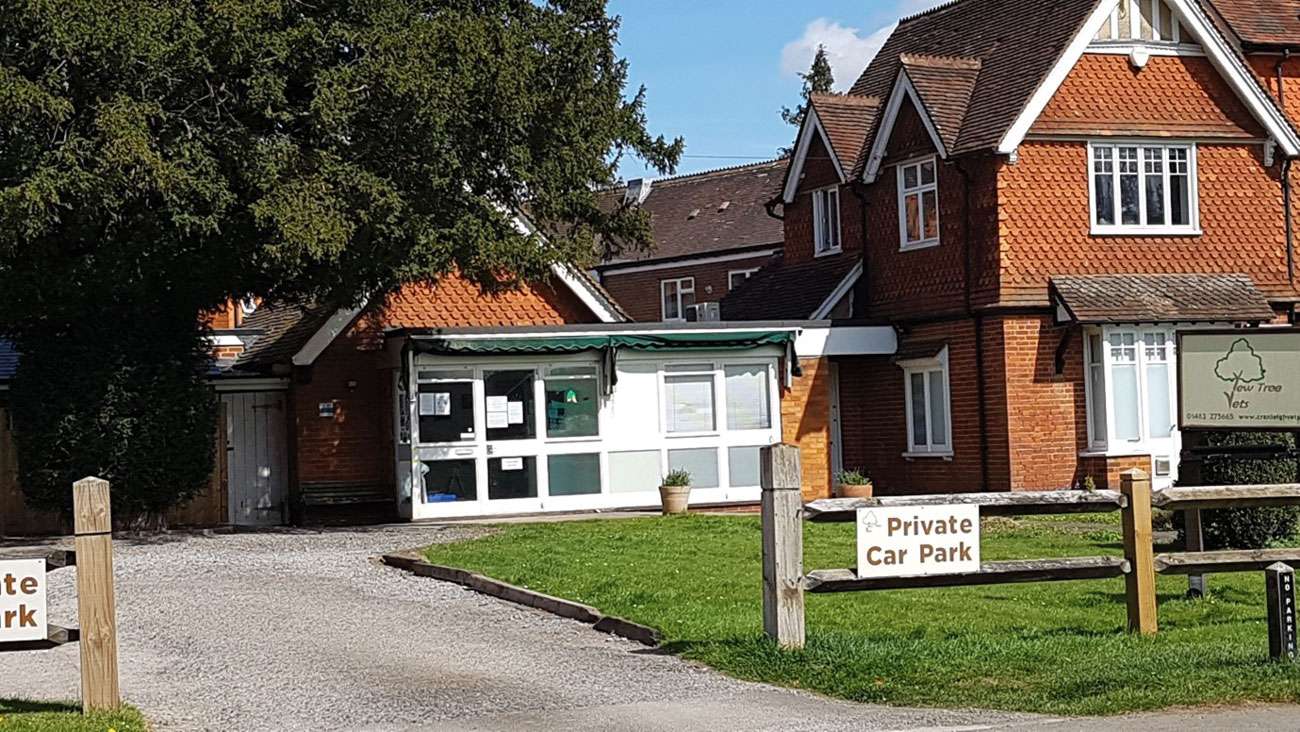
Named after the ancient yew tree: Yew Tree House and Vets
This change may have been accelerated by a decision of Hambledon Rural District Council’s Public Health and General Purposes Committee in September 1972 that residential roads in Cranleigh should be numbered. This was said to be at the request of the Post Office and ‘repeated requests’ by the Cranleigh & District Chamber of Trade, because of problems delivering letters and goods. The council would notify residents of their house number and asked them to use it. Some people may have complied, especially if they didn’t much like their house name, but natural conservatism meant that large numbers did not. Despite the help provided by sat nav, delivery people still have problems finding particular houses.
How do people choose their house names? In the early days of Cranleigh’s development, by far the largest group of names referred to trees. The oak tree is overwhelmingly the Cranleigh favourite: Broadoak, Fairoak, Oak Bank, Oak Leaves, Oak Ridge, Oaklands, and Okehurst are among them. Other trees supplied names too: Apple, Beech, Birch, Chestnut, Elm, Fir, Hazel, Holly, Juniper, Laurel, Magnolia, Pear, Plane, Poplar, Spindle, Sycamore, and even Conker Cottage. Then there are houses named after orchards, woods, woodland and copses – about half, including trees, of all the names in Woodland Avenue!

Rose Cottages in the High Street (left) and Cromwell Place (right)
Flowers of course have always been popular. There are three Rose Cottages and three Primrose Cottages. Not surprisingly, there are plenty incorporating ‘Brook’, such as Bendbrook, Birdbrook, Brookmead, two Brooksides, Cranbrook and Westbrook.
Another large group consists of placenames. Many of these recall the places where people were born or formerly lived. We discover this from Censuses, which give the place of birth. Many other names come from favourite holiday destinations – plenty from the South Coast, Devon, Cornwall and the Lake District.
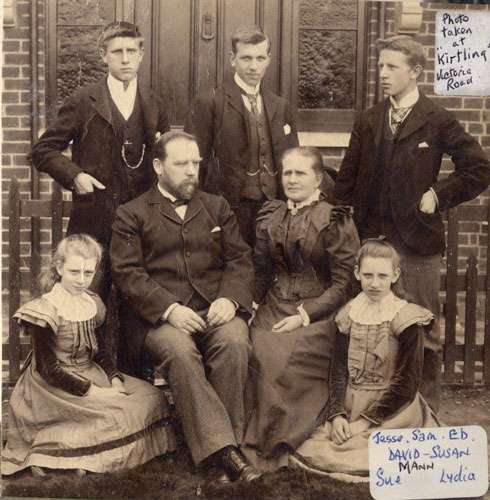
David & Susan Mann and family outside their home in Victoria Road: Mrs Mann was born at Kirtling, Cambs
Others go in for names starting with ‘Cran’, such as Cranberries, Crane Cottage, Crane House, Cranford, and Crantock. Or there is the group in Knowle Lane, all ending in ‘leigh’, such as Burleigh and Homeleigh: all, that is, except one, now called Clovers. Does anyone know its original name?
Some recall the house’s former use: Coach House, Cobblers Cottage, Farriers, Laundry Cottage, Old Bakery, Old Chapel, Old Mill House, Old Police House and Old Schoolhouse. Robin Rag on the Common, and Longfield House, bear the names of fields on an 1842 map, on which the houses were later built.
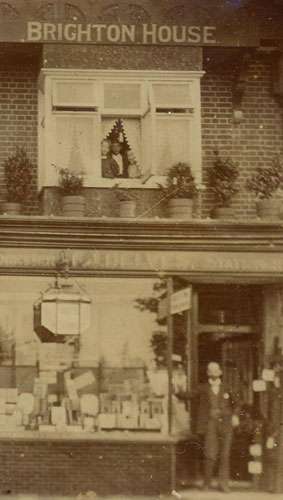
Brighton House, Bank Buildings, named after Fred Delves’s birthplace, is now no. 157 High Street, Bella and Ben
Then there are names describing the house, such as White Cottage, House and Place, or Two Gables, Four Gables, Green Shutters, Red House, Red Roof and Red Tiles. Or they refer to the outlook: there is Winterfold View, and two called Hillview. But Heather View in Victoria Road has changed to number 8, now that its view of the heather-clad Surrey hills is obscured. And Avenue View in Ewhurst Road should now be Woodland Avenue View, due to the road name change. Mill View remains faithful to the memory of the windmill, even though the house lost its view of it when the windmill was taken down in 1917!
Allusions to cricket have supplied some names around the cricket ground. We have Boundary Cottages, Pavilion Court, The Covers and White Wickets.

In Wyphurst Avenue
Among humorous names, there are Bunbury House, The Shambles, Hogwarts Express, and The Hen’s Tooth. My favourite is a town house on Park Mead estate, called One Tall Storie.
Many names have changed: The Laurels on the Common changed its good old Victorian name in the 1930s to Caryll House. Carnoy was named after a place in France where a Cranleigh man lost his arm in 1917: it is now Glendale. The ancient farm name of Stonewall has changed to Whiteoaks. Marlow on the Common changed to Baltic House when a former Baltic trader moved here.
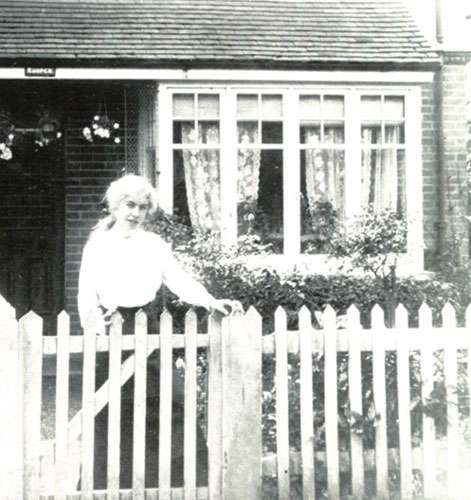
Rusper, Mead Road, is now no. 12
Sorry, delivery men! We appreciate your problems, but Cranleigh’s house names provide us residents with never-ending interest, amusement and speculation.
The Cranleigh History Society meets on the second Thursday of each month at 8.00pm in the Band Room. The next meeting will be on Thursday July 14th, for a Family History Forum.



